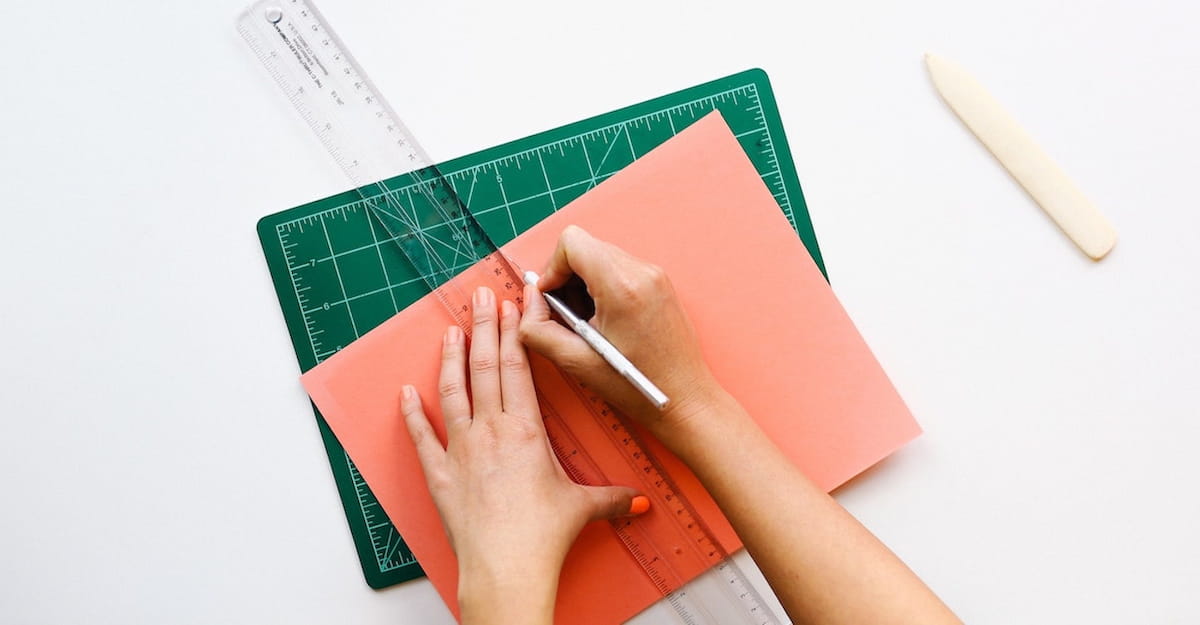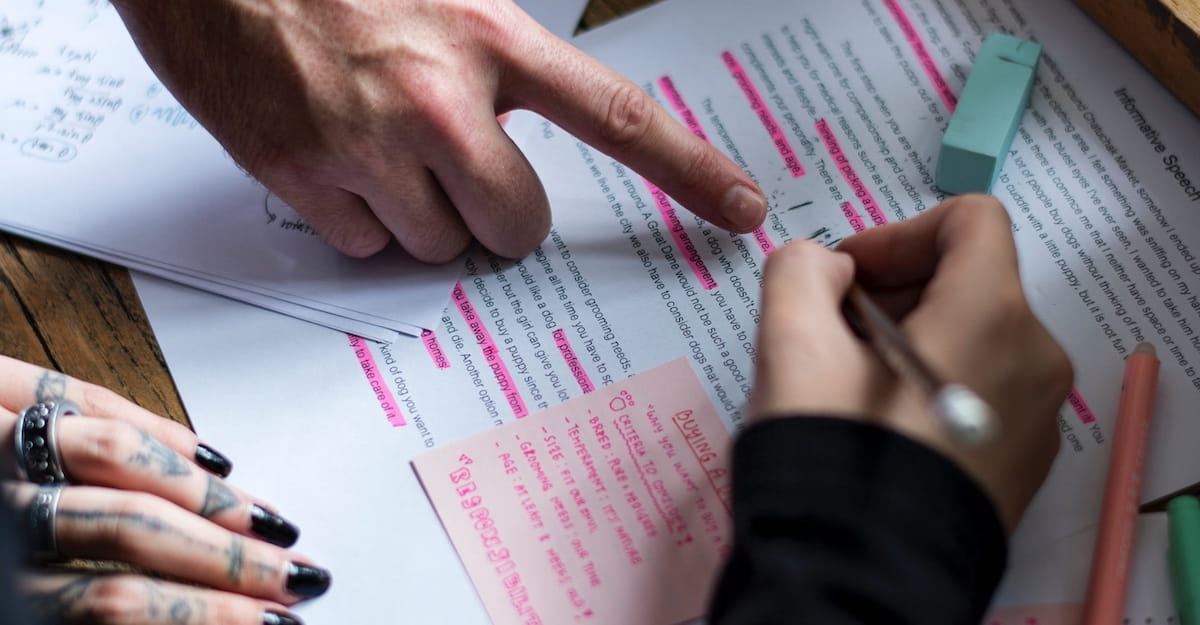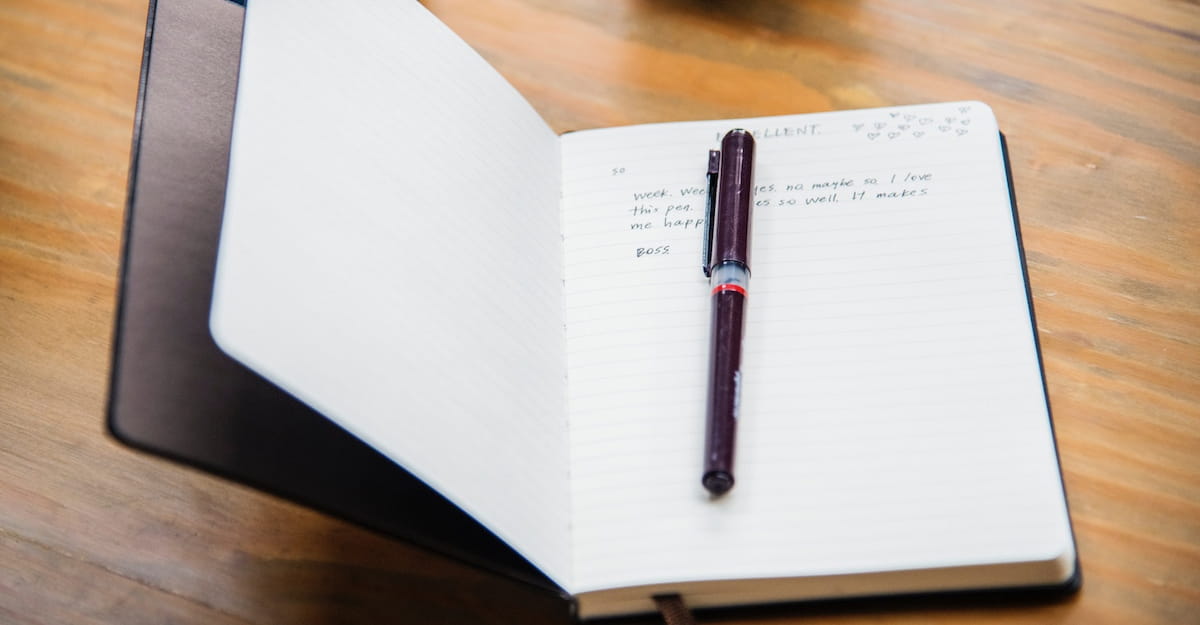
The following kinesthetic grammar activity is a great way to introduce the topic of direct objects to your students while getting them up and out of their seats. When you pair a physical movement with a grammatical concept, your students will maintain a higher level of retention of the topic, and in this case, it will be on direct objects.
Read through each of the following steps to yourself, and then use this activity with your students as you help them understand direct objects.
Step 1: Find an Object
“Okay, everyone, find some item in the room and grab hold of it. (No, William, not Alicia’s hair.)”
Most students will grab a pen or a book in front of them. Some will run across the room and grab something random (let them!). Some will grab their friend’s head or ear (if so, remind them to be nice!).
Step 2: Transfer Some Action
“Now, on the count of three I’m going to ask you to do something to your object. It doesn’t have to be dramatic; you just have to perform some action to it. And let’s be smart: Items should not be flying across the room, and I should not have to take your best friend to the emergency room.”
Step 3: Observe What Happens
“Okay, on the count of three, perform an action to your object. 1…2…3.”
Watch what each student does. Some actions will be simple (dropping a pen) while others may be funny (Jeremy may thump Paul’s ear).
Step 4: Debrief with Students
Call on a handful of students and ask them to tell you in a sentence what they did (“I dropped my pen.” “I slid the book across my desk.” “I stole Melinda’s pencil.”) After each student describes what he/she did, repeat the sentence to the class. If you need to, restate what the student said such that your sentence uses their item as a direct object in the sentence. For instance, if your student says, “I took my pen and threw it into the trashcan,” simplify it by saying, “Emilio threw his pen.” Emphasize the verb and the direct object in the sentence.
Step 5: State the Direct Object
“So it looks as if each of you performed an action using an action verb, and there was an object that was a direct recipient of that action on the other end. Emilio’s action was the act of throwing, and the object that received that action was his pen. When he transfers the action to something using a transitive verb, we call the item that received the action of that transitive verb a direct object.”
Step 6: Recall
Now, call on different students and ask, “What was the action you performed (just have them state the action verb)? And what was the object that received the action?” Tell your students to respond in the following manner: “The transitive action verb was ______, and the direct object was ______.” Phrasing their statements like this will get the students comfortable with using the grammatic labels of the parts of the sentence.
Conclusion
With a simple kinesthetic activity on direct objects like this one, you’ve just established an additional level of meaning with your students.
Now, continue on with the rest of your grammar lesson and have them log into GrammarFlip to watch the direct objects video and complete the practice exercises. Don’t forget the writing activities as well!
Read More

English Grammar 101 Alternatives

When You Ask for Analysis but You Get Summary Instead

Establishing Confident Writers Through Creativity and Self-Expression

Brainstorming Through Writer’s Block

Four Steps to Teaching Your Students Adverbs

How to Fire Your Internal Critic

What Just 10 Minutes of Daily Journaling Can Do for Student Writing


